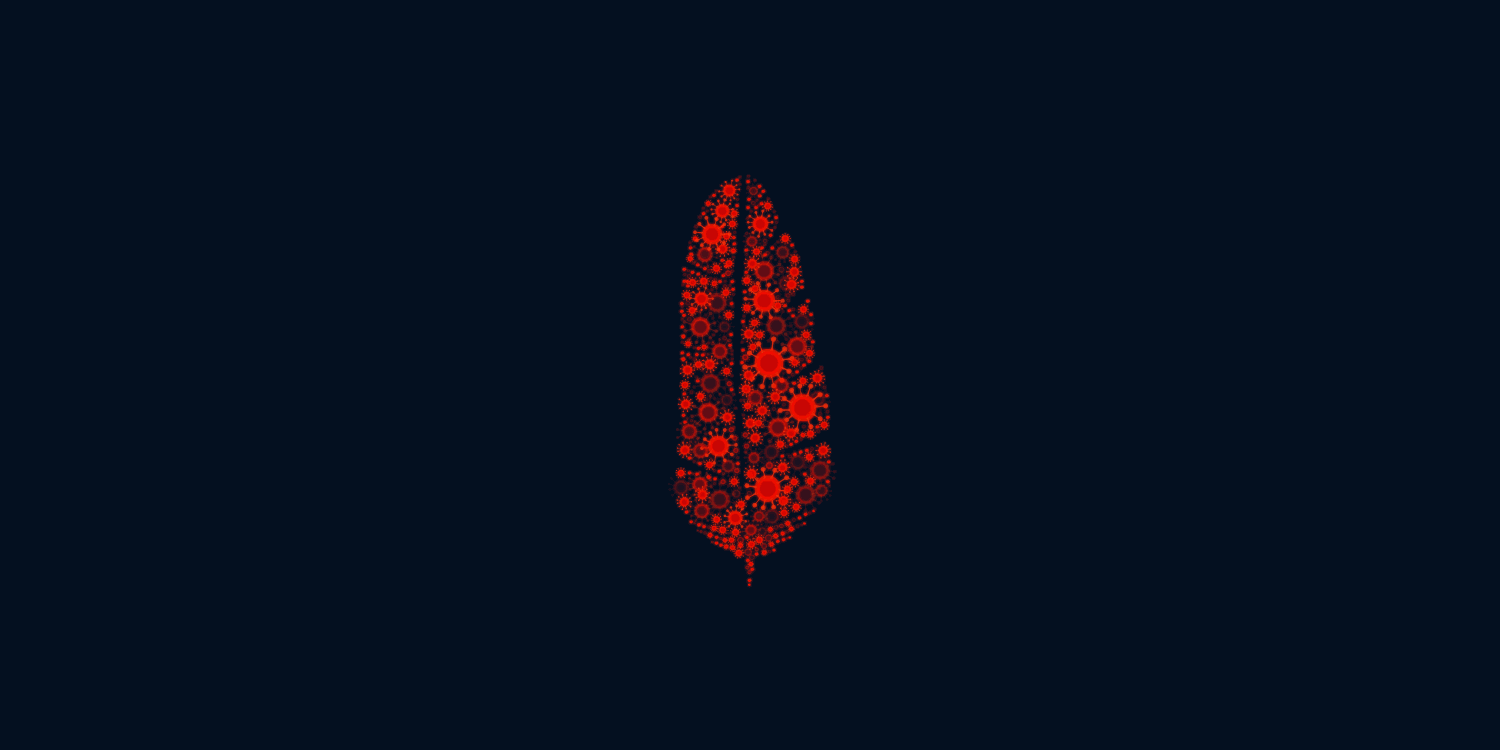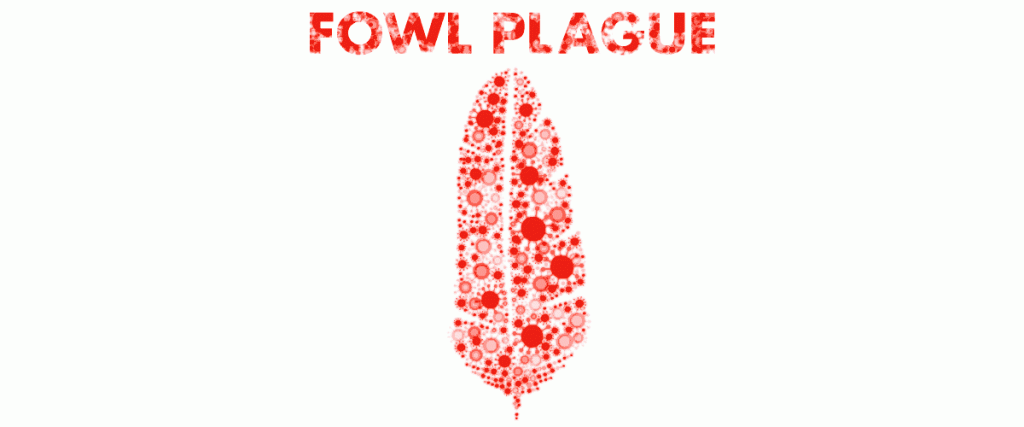

Read the next installment: “Pandemics: A Reading List“

It began with a three-year old boy. Lam Hoi-ka was a kid like any other, attending a school like any other, when he fell ill with a fever on May 9, 1997. Admitted to a Hong Kong hospital, he quickly became unresponsive and died within days. He was the first victim of a new form of influenza–H5–that had never before been seen in humans, only birds. Within months, the Hong Kong authorities had ordered the slaughter of 1.2 million chickens over fears of the outbreak spreading.
A global pandemic is one of the most deadly existential threats that humankind faces today. We debate issues like terrorism, obesity, stress, air pollution, and climate change on a daily basis, but throughout history infectious disease has been by far the greatest killer of human beings. The Black Death is estimated to have wiped out approximately a third of the European population between 1346 and 1353. Tuberculosis killed about a billion people in the 19th and 20th centuries alone, and two billion are thought to be currently infected. The Spanish flu pandemic of 1918 resulted in between 50 and 100 million deaths worldwide in a space of just 24 weeks. Then there’s malaria, about which there are only scattershot records, but may have killed as many as half the human beings who have ever lived.
The situation has improved substantially in the last century or so, albeit mostly in the developed world. We’ve constructed a vast global network of medical professionals and researchers that guard us against emerging threats, whose vital work goes mostly unseen by those that they protect. Thanks to their vigilance in rapidly identifying new pathogens, developing and distributing millions of vaccines every year, and leading operations during health emergencies, infectious disease has fallen behind heart disease as the world’s biggest killer.
Despite this success, many experts agree that we’re woefully incapable of handling a major outbreak. When we asked Irwin Redlener, Director of the National Center for Disaster Preparedness at Columbia University, about the biggest risks facing humanity today, he told us:
“The world is profoundly unprepared to control or manage a major pandemic. Appropriate vaccines are not yet available in sufficient quantity to stop a pandemic and the most important innovations in vaccine science are still years away. “
“We desperately need the ability to produce critical vaccines rapidly and at scale; we need a so-called universal vaccine that could prevent spread of any avian flu virus strain. Furthermore, the health care systems world-wide, including in the U.S. and other developed countries, are not even close to ready to respond to a Spanish Flu type pandemic.”
That’s why we chose to dedicate an entire series to avian influenza. Also known as bird flu, this family of viruses is inflicting major economic damage to poultry farmers around the world. More worryingly, some of the deadliest forms of these viruses are just a handful of genetic mutations away from turning into what could be the largest, deadliest pandemic that our planet has ever seen.
We’ve called the project Fowl Plague, after the name given to a virulent strain of the virus that struck Italy in 1878, and we have recruited award-winning writer and journalist Simon Parkin to investigate the past, present, and future of this underestimated threat to humanity. He spoke to the virologists at the centre of the biggest outbreaks like the one in Hong Kong in 1997, to the bureaucrats and politicians in charge of emergency response, and to the farmers on the front line of the battle when new cases emerge. His findings are published as as a five-part episodic series alongside a wealth of additional material–explainers, maps, data visualizations, profiles, timelines, and more.

Read the next installment: “Pandemics: A Reading List“

How We Get To Next was a magazine that explored the future of science, technology, and culture from 2014 to 2019. Fowl Plague is a five-part series that explores the history of deadly global pandemics–and asks whether we’re ready to respond to the next one.
